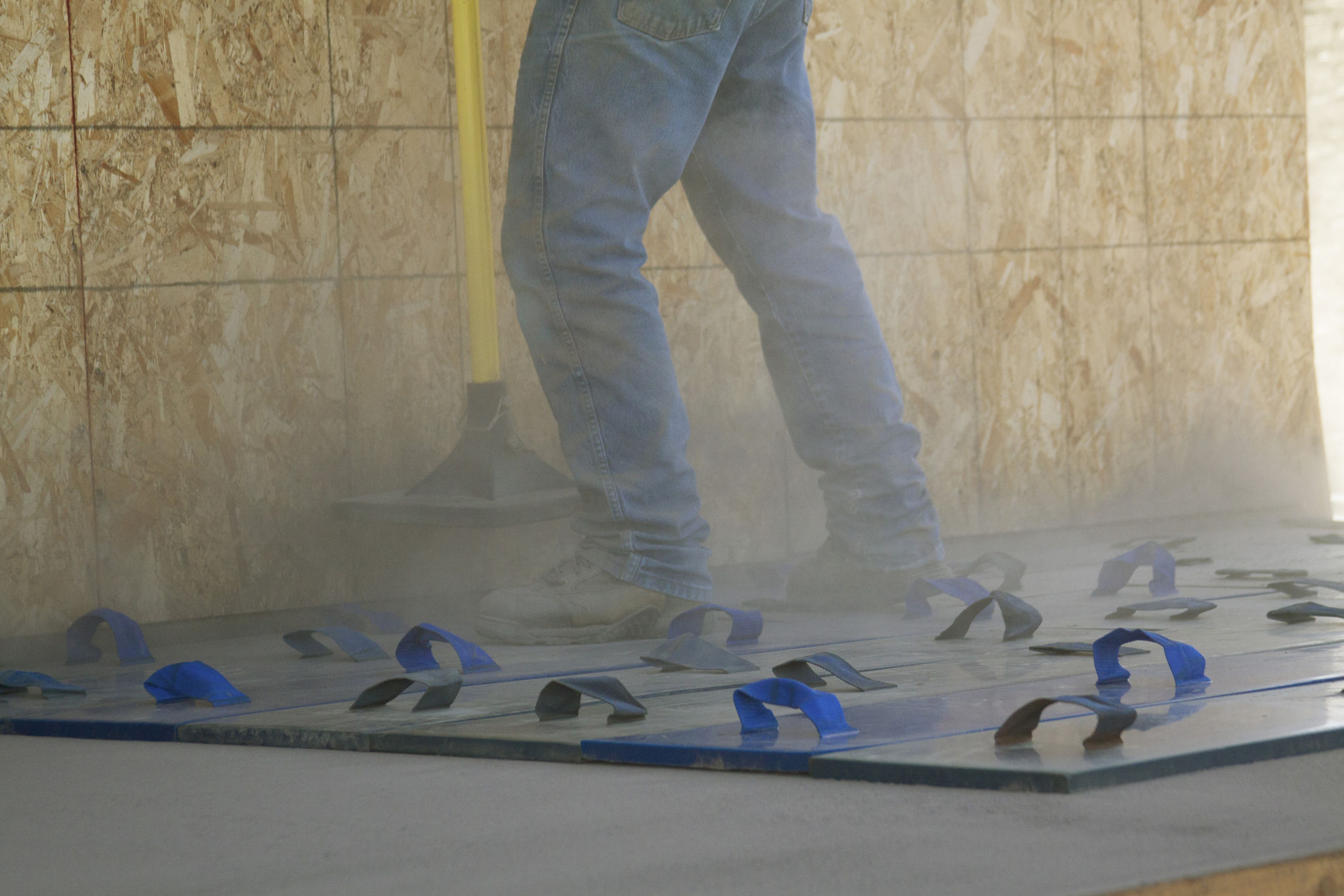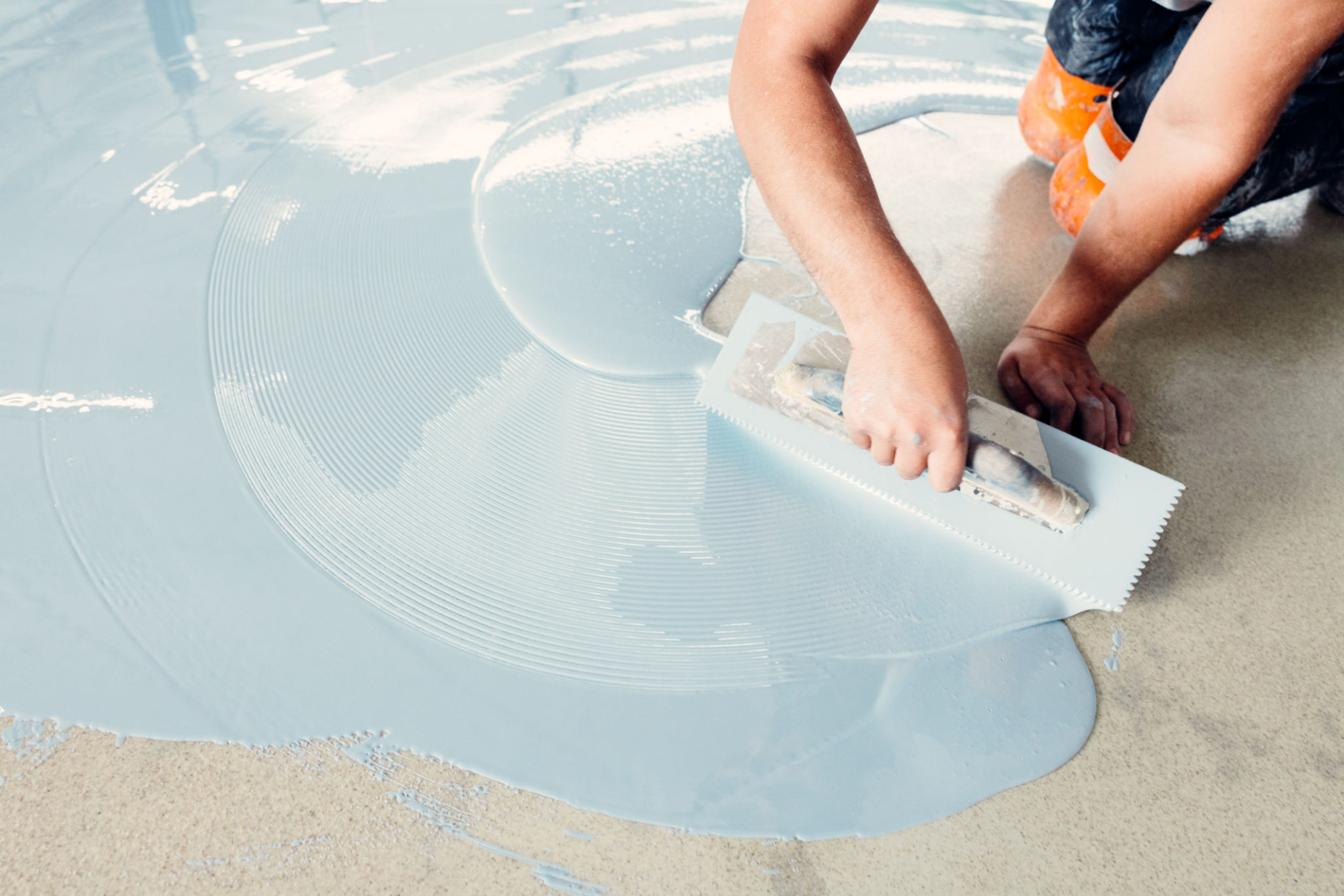Common Flooring Mistakes to Avoid: Insights from Milton & Sons
Understanding Subfloor Preparation
One of the most common mistakes in flooring installation is neglecting proper subfloor preparation. The subfloor is the foundation for any flooring project, and its condition can greatly affect the final outcome. Before laying any new material, ensure the subfloor is clean, dry, and level. Failing to do so can lead to uneven surfaces and premature wear.
Additionally, it's crucial to address any moisture issues. Moisture can damage flooring materials, causing them to warp or rot. Whether you're working with hardwood, laminate, or tile, always test for moisture levels and apply a suitable moisture barrier if necessary.

Choosing the Right Flooring Material
Selecting the appropriate flooring material is another area where homeowners often make mistakes. Not all materials are suitable for every room. For instance, while hardwood may be perfect for living areas, it might not be ideal for bathrooms or basements where moisture is prevalent. Understanding the specific needs of each room can help you make informed decisions.
Consider the traffic levels and functionality of the space. High-traffic areas may require more durable flooring options like tile or vinyl. Consulting with experts or conducting thorough research can prevent costly mistakes in the long run.

Proper Acclimation of Flooring Materials
Acclimation is an essential step that is often overlooked. Many flooring materials need time to adjust to the temperature and humidity levels of your home before installation. This process helps prevent expansion or contraction after installation, which can cause gaps or buckling.
Be sure to follow the manufacturer’s guidelines on acclimation times, as they can vary between materials. Skipping this step may lead to avoidable complications that affect the longevity of your flooring.

Ensuring Accurate Measurements
Accurate measurements are fundamental to a successful flooring project. Miscalculations can lead to wasted materials and increased costs. It's crucial to measure the area meticulously and account for any irregularities such as alcoves or doorways.
Always purchase slightly more material than your measurements indicate to accommodate for cuts and mistakes during installation. This overage ensures you have matching material if repairs are needed in the future.
Avoiding Installation Errors
Improper installation can ruin even the best materials. Common errors include failing to stagger planks or tiles, which can create unsightly patterns and weaken the floor's structure. Additionally, not allowing for expansion gaps around the perimeter can cause buckling as the material expands naturally over time.
Hiring experienced professionals or thoroughly researching proper installation techniques can save you from these pitfalls. Remember, a well-installed floor not only looks better but also lasts longer.
Regular Maintenance and Care
Once your flooring is installed, maintaining it correctly is vital to preserving its appearance and functionality. Each type of flooring has specific care requirements, so understanding these is key to avoiding damage.
For instance, using the wrong cleaning products can harm certain materials. Always refer to manufacturer recommendations for cleaning and maintenance to ensure your flooring remains in top condition.

By avoiding these common flooring mistakes, you can ensure a smooth installation process and enjoy beautiful, long-lasting floors. At Milton & Sons, we believe that informed choices lead to better results, and our team is always here to help with expert advice and quality products.